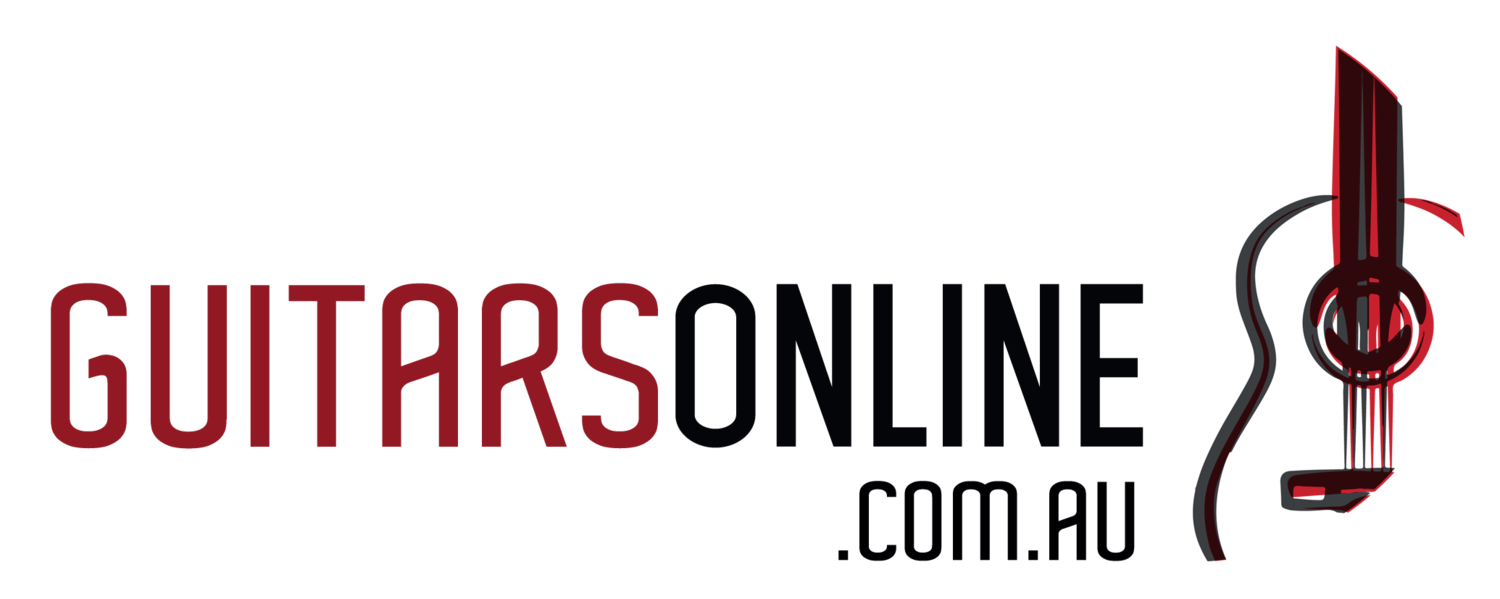How to memorise music
How to memorise music
Putting aside the question of whether one should memorise music and why we as guitarists and musicians might be inclined to do that, I decided to write today’s post based on the presupposition that we want to memorise and how we might go about that.
Well, there are a number of modalities we can employ when memorising music:
- Kinesthetic or tactile
- Aural
- Theoretical or analytical
- Visual
And whilst we may naturally feel more predisposed to one or two modalities over the others, the more of these we can use when memorising music, the greater we will know and understand the piece, the stronger the memorisation will be and less opportunity there will be for having one of those troublesome blank spots.
Kinesthetic or tactile
This is basically the touch, feel and movement of the hands and fingers around the fretboard and on the strings. You may find if you’ve just been learning a piece from the score, and without thinking too much about it, start to play it away from the score, you’ll probably be relying heavily on your “muscle memory”. The muscles in the arms, hands and fingers, along with just a wee bit of help from your grey matter, will seem to take on a life of their own and play the music for you. The memorisation of the music has started to build itself into your muscles, into your neurology, through the very repetition of bars, phrases, sections and whole pieces. Your unconscious mind (which knows a lot more than you probably give it credit for!) has started the process of memorisation.
However, you might find that if you then start to actively think about what it is you’re playing, about where your fingers are and where they’re going next, the ability to “remember” and play the music suddenly starts to crumble. That’s because this is only one part of memorising music – only superficial memorisation really – and we need to bring other weapons into the memorisation arsenal.
Aural
This modality might be the next one that starts to build up. It also may build up in conjunction with that of the tactile memory. This is the memorisation of the sound of the music being created.
So do you know where the melody is going? Where are the phrases and sub-phrases? Where is the melody? Is there more than one line? What about the bass?
And we’re concerned not only with the melody, but also with the harmonies. Can you hear the various chords in your mind’s ear? Can you hear how those relate to the melody line?
When memorising you may forget where the fingers need to move to, but you can hear the music “playing on” in your head. You know where you need to go aurally, but the fingers and muscle memory isn’t perhaps quite up to the same speed!
That’s where the next modality comes in so very useful….
Theoretical or analytical
This is where we get to know the piece really inside out. And there’s absolutely nothing stopping you when from getting to grips with the analytical side of a piece from the get go. In fact, taking some time to dissect a piece, exploring and understanding its theoretical make up, is probably going to help you learn a piece much faster, regardless of whether you’re memorising or not.
Knowing time signature/s, key signature, key modulations, rhythms, and elements such as melodic and/ or rhythmic motifs and harmonic “signposts” including chords, and key notes at the start and end of phrases and sub-phrases within the piece, are fundamental things you can start out with. If you want to get really stuck into analysing your piece and getting to know it inside out I challenge you to recall it by writing it out bar by bar on stave paper!
Which brings us nicely to the last modality…
Visual
The visual memory can link back into the first modality we discussed – the kinesthetic or touch – knowing what the movement of the hands look like as we play. But we can also memorise what the music on the score looks like – yes it is possible! And undertaking the exercise of analysing the score, recalling it and writing it out can help with that. As a first port of call, however, we can learn to “see” in our mind’s eye the shape of the music on the page.
Another way of visual memorising a piece is to imagine playing the piece away from the guitar – can you see in your minds eye how you play the piece with your left hand? Where are the gaps in that visualisation? Are there any gaps in the aural recall? Can you also see what the right hand is doing?
Full on stuff! But the more and more of these modalities and exercises you can build into your practice the stronger the memorisation is going to be. Then you can forget about it (so to speak) and just play!
As always, there is more than one way to skin the metaphorical cat, so let me know how you go about memorising the music you play.
